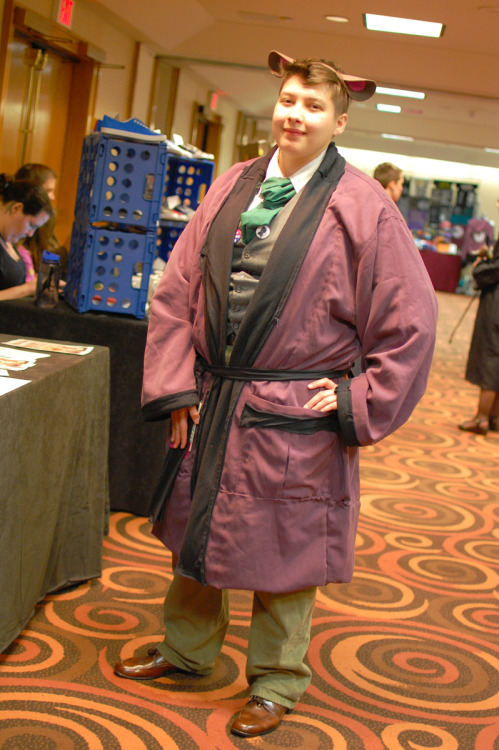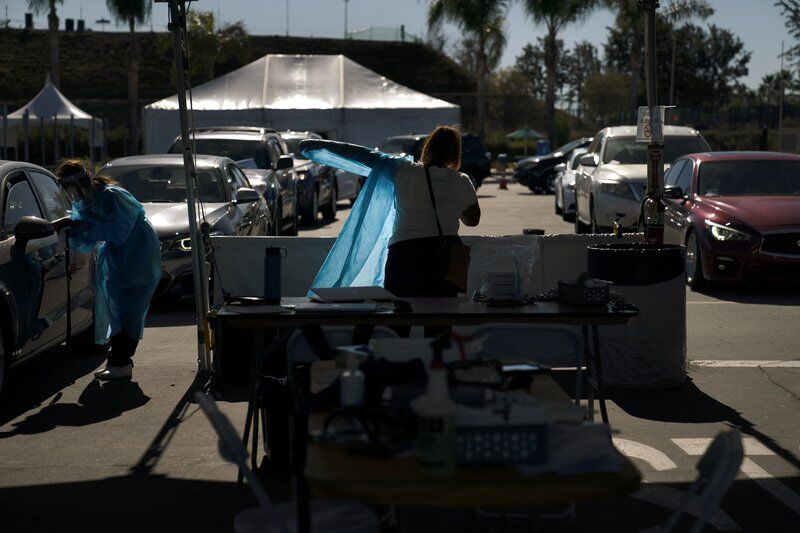

- #Dc gridlock drivers#
- #Dc gridlock driver#
is the 10th most congested city in America and drivers spend an average of 41 hours stuck in congestion annually. Inside the Beltway, people are still moving around.” This makes sense because a number of career federal workers live outside the Beltway and they aren’t coming to work. We’ve certainly seen some speedier commutes, but it hasn’t been the big traffic break many were predicting,” said Holter. “Conventional wisdom would have traffic change drastically during the federal shutdown. A typical commute takes about 35 minutes. The afternoon commuter saved about eight minutes during the peak evening commute. I-95 between the Beltway and MD-100 shows some change.

when a 33 minute commute took 22 minutes. and 6 p.m., the peak commute travel times decreased.
 I-295 between the Beltway and I-695 shows little change except in the afternoon northbound commute. when travel times dropped from 46 minutes to 28 minutes. The morning eastbound commute is faster between 6 a.m. The evening westbound commute is down 30 percent. shows significant time savings during the peak morning and evening commute. 7, that commute was creeping back up to 20 minutes at 8 a.m. The first three days of the shutdown, the commute took about 15 minutes. (Pentagon City) showed the biggest change during the morning rush hour Oct. Interstate 395’s 10-mile commute between the Capitol Beltway and downtown D.C. The peak evening commute is down from 33 minute to 23 minutes. I-495 (inner loop) in Virginia is moving slightly faster between 7 a.m. is less slightly less congested during the peak commutes but just as busy during lunch time. Aside from this peak difference, the other changes are negligible. The peak commute takes usually takes 22 minutes and now takes 19 minutes. when the travel time is three minutes faster than usual between I-295 and downtown. The most noticeable difference is at 8 a.m. New York Avenue is less congested all times of day, but not by much. K Street traffic is less congested during the working hours of 8 a.m. “This tells us there’s not a lot of activity at those think tanks and lobbying firms.” Drivers are moving faster along K Street at 20 to 22 miles per hour which means there’s not a lot of congestion to weigh the traffic down,” said Holter. as staff for local advocacy groups move around. Speeds on K Street typically drop from 25 to 15 miles per hour during the business day between 7 a.m. Local streets inside the District show little change although K Street, traffic is lighter. They’re either out running errands or taking advantage of the unscheduled time off,” said Holter. “Similar to a few years ago when we first saw the impacts of the recession on traffic, people are still driving, just not to work. and 5 p.m., it’s simply not happening,” said Jamie Holter, INRIX Traffic Analyst. “The government shutdown is easing commutes a bit, but if anyone was expecting wide open highways at 8 a.m. commute on northbound MD-295 dropped from 22 minutes to 10 minutes. on Interstate 66 takes 13 minutes instead of 12. metropolitan area finding traffic congestion is down 10 to 30 percent on many state highways and interstates during the evening commute.īy contrast, morning commutes are down by much less, only 1 to 5 percent with travel times between the morning and evening rush hours holding steady even increasing by a minute or two.
I-295 between the Beltway and I-695 shows little change except in the afternoon northbound commute. when travel times dropped from 46 minutes to 28 minutes. The morning eastbound commute is faster between 6 a.m. The evening westbound commute is down 30 percent. shows significant time savings during the peak morning and evening commute. 7, that commute was creeping back up to 20 minutes at 8 a.m. The first three days of the shutdown, the commute took about 15 minutes. (Pentagon City) showed the biggest change during the morning rush hour Oct. Interstate 395’s 10-mile commute between the Capitol Beltway and downtown D.C. The peak evening commute is down from 33 minute to 23 minutes. I-495 (inner loop) in Virginia is moving slightly faster between 7 a.m. is less slightly less congested during the peak commutes but just as busy during lunch time. Aside from this peak difference, the other changes are negligible. The peak commute takes usually takes 22 minutes and now takes 19 minutes. when the travel time is three minutes faster than usual between I-295 and downtown. The most noticeable difference is at 8 a.m. New York Avenue is less congested all times of day, but not by much. K Street traffic is less congested during the working hours of 8 a.m. “This tells us there’s not a lot of activity at those think tanks and lobbying firms.” Drivers are moving faster along K Street at 20 to 22 miles per hour which means there’s not a lot of congestion to weigh the traffic down,” said Holter. as staff for local advocacy groups move around. Speeds on K Street typically drop from 25 to 15 miles per hour during the business day between 7 a.m. Local streets inside the District show little change although K Street, traffic is lighter. They’re either out running errands or taking advantage of the unscheduled time off,” said Holter. “Similar to a few years ago when we first saw the impacts of the recession on traffic, people are still driving, just not to work. and 5 p.m., it’s simply not happening,” said Jamie Holter, INRIX Traffic Analyst. “The government shutdown is easing commutes a bit, but if anyone was expecting wide open highways at 8 a.m. commute on northbound MD-295 dropped from 22 minutes to 10 minutes. on Interstate 66 takes 13 minutes instead of 12. metropolitan area finding traffic congestion is down 10 to 30 percent on many state highways and interstates during the evening commute.īy contrast, morning commutes are down by much less, only 1 to 5 percent with travel times between the morning and evening rush hours holding steady even increasing by a minute or two. #Dc gridlock driver#
INRIX, a leading international provider of traffic information and driver services analyzed travel times from Oct.

and the outlying areas are taking drivers less time, in one case 50 percent less time. haven’t changed much, evening commutes between downtown D.C. 8, 2013 – Congressional gridlock and federal furloughs are having a mixed impact on traffic congestion in the nation’s capital and roads leading to Washington D.C. INRIX Data Shows Congressional Gridlock Delivers Mixed Traffic Bag in D.C.








 0 kommentar(er)
0 kommentar(er)
